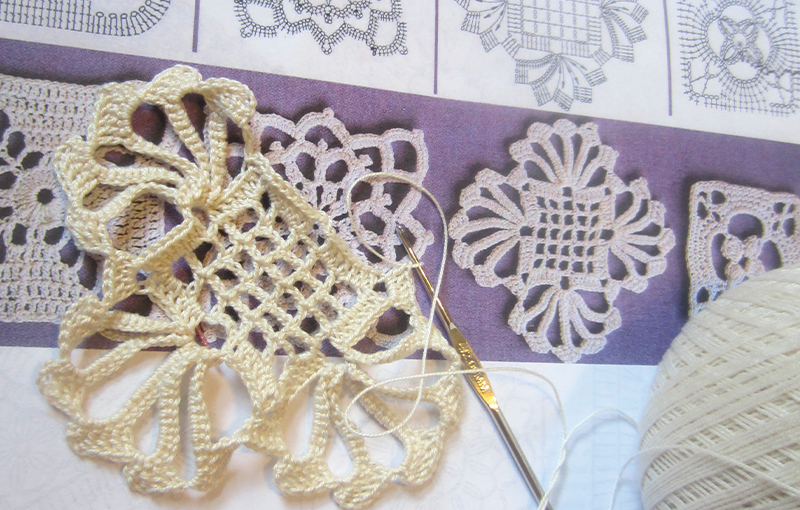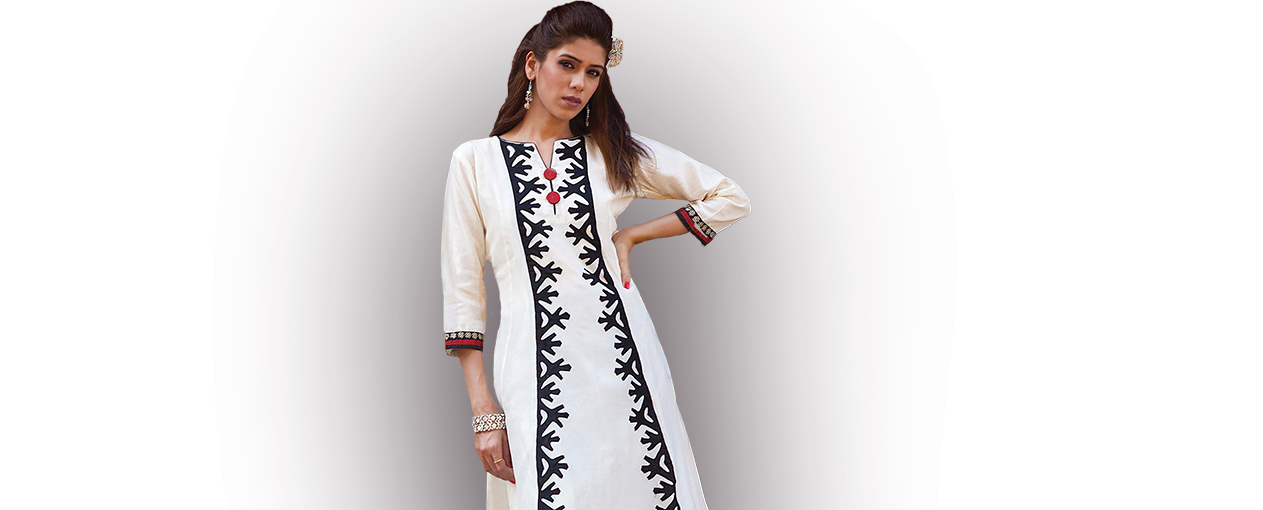Appliqué is a decorative surface design technique that adds dimension and texture to the background fabric. The term derives from the French word appliquer that means to join or attach. While its early use was most likely to strengthen worn areas or serve as a patch over holes, appliqué developed into a creative art form used by many cultures over many centuries.
Appliqué Variations
A variation of traditional appliqué is broderie perse (Persian embroidery), or chintz appliqué. This technique involves cutting small motifs from printed fabrics and arranging them together into a design or pattern. The opposite of traditional appliqué is reverse appliqué. All of the fabrics that are going to be in the design are layered. Cutting down to expose the layers forms the pattern. The raw edges are turned under and sewn to the next fabric.
Applique work employs a number of stitches to attach the applied pieces on to the base material. Some of the most common stitches and their uses are straight stitch. Straight stitch or running stitch is the most common type of stitch practiced while attaching Appliqué patches onto the base material. It is usually followed on the outline of edges. Satin stitch is another popular stitch used all over to basically overlap the edges. The patch may also be glued on or straight stitched to fix its position on the fabric. Reverse Appliqué is achieved when various materials and their layers are stitched together. The upper parts of the top layers are cut away and the edges are stitched. The topmost layers achieve the largest cuts.




The Patterns
The patterns range from modern graphics to traditional themes from their legends and culture. A variation on reverse appliqué is known as inlay appliqué. The desired shape is cut out from the background fabric. A second fabric is placed behind the opening and the turned under edges of the background opening are sewn to the new fabric. Any excess fabric is trimmed away. Appliqués can also be three-dimensional, extending above the surface of the background fabric. Starting with the ancient Egyptians, examples of appliqué can be found on garments and household items in every part of the world. During the Middle Ages elaborate appliqué was used on heraldic and ecclesiastical banners and ceremonial clothing. Appliqué is a part of the decoration on national costumes and ethnic folk dress. Several appliquéd garments are associated with the twentieth century.
The Making
When it comes to sewing, an Appliqué basically refers to a type of needlework technique in which, various pieces of embroidery, fabric, or other materials are sewn onto another piece of fabric to create different designs, abstract patterns or pictures. It is particularly suitable for the work or textile which is to be seen from a distance, such as in banner-making. Appliqué is used extensively in quilting.



